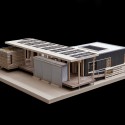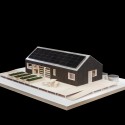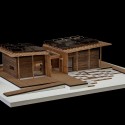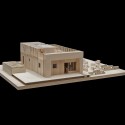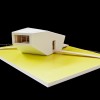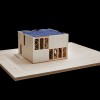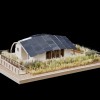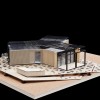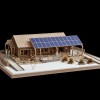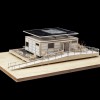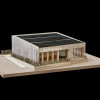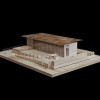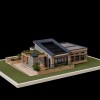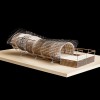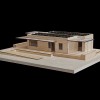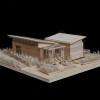The Olympics of Green Design: The 2011 Solar Decathlon
Video
It's a competition of Olympic proportions, but can an event dedicated to piquing public interest in alternative energy technologies draw crowds like a sporting event? The Solar Decathlon is a biennial competition established in 2002 and supported by the U.S. Department of Energy and the National Renewable Energy Laboratory (NREL). Twenty teams from colleges and universities around the world are selected to design and build solar-powered homes over the course of the two-year period. This fall, the 2011 teams will showcase their homes in Washington, D.C., for 10 days with free admission to the public. Visitors will learn about sustainable design and hopefully find inspiration to incorporate some strategies into their own homes. Following the competition, the houses will be sold to families or developers, used for research, or displayed at their respective universities.
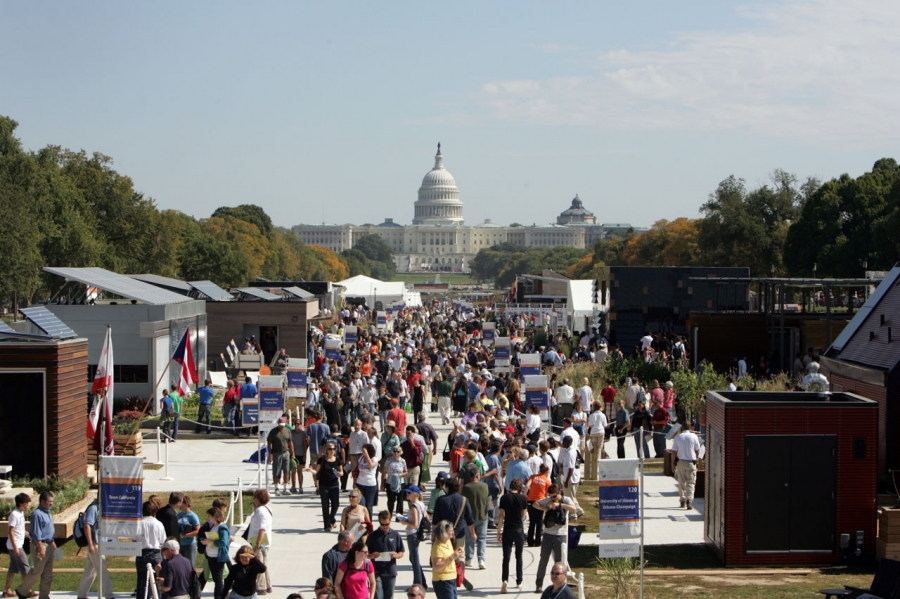 Credit: Stefano Paltera/U.S. DOE Solar Decathlon
Credit: Stefano Paltera/U.S. DOE Solar Decathlon
Aside from enlightening the public, the DOE's intention behind the Solar Decathlon is to foster teamwork among students -- a necessary skill for success in the rapidly expanding field of clean energy technology. The teams must not only design and build their homes but also must raise funds and test the structures for efficiency. Teams are diverse and multidisciplinary, comprised of students from architecture and engineering departments, as well as schools of business, construction management, and science, among others.
Solar Decathlon Judging Criteria
Modeled after an Olympic decathlon, the Solar Decathlon is composed of 10 contests worth 100 points each, which gauge the energy performance and livability of the homes. The homes are required to produce as much or more energy than they need to operate; this goal is accomplished through both active and passive design strategies. Each home must cultivate a comfortable and healthy indoor environment as well as exhibit aesthetic appeal and marketability. This year's competition is the first in which affordability has been acknowledged, rewarding homes that cost less than $250,000. “One team is using recycled shipping containers for its house’s structure, while another is working with Habitat for Humanity to introduce more sustainability into their successful low-income building program,” shared a spokesperson from the DOE.
More information on the 10 judging categories: Architecture; Market Appeal; Engineering; Communications; Affordability; Comfort Zone; Hot Water; Appliances; Home Entertainment; Energy Balance.
Team Showcase: Appalachian State University
Appalachian State University is the first school from North Carolina to participate in the Solar Decathlon. Bret Sowers, the team's Marketing Coordinator, explained that ASU “runs the competition like a business”; the school leased a separate building to house the team's offices and provide space for prefabrication. The home is titled Solar Homestead, and its design was inspired by the vernacular architecture of the Blue Ridge Mountains, specifically the concept of homesteading as practiced by early pioneers. The structure is comprised of a main house and several Outbuilding Modules (OMs), which accommodate a mother-in-law suite, storage, and mechanical equipment. These flexible programmatic elements can be positioned for optimal solar orientation, depending on the site, or even moved by truck and utilized for camping. The roof of the “great porch” contains solar panels and connects the OMs and the main house, providing extra outdoor living space.
“One team is using recycled shipping containers for its house’s structure, while another is working with Habitat for Humanity to introduce more sustainability into their successful low-income building program,” DOE Spokesperson
National Mall Controversy
Although the 2009 Solar Decathlon drew over 300,000 visitors to the National Mall, where the competition has always taken place, the DOE recently announced that it would be relocated this year. The National Park Service and the Department of the Interior have asserted that the competition damages the grass of the National Mall, which is slated to undergo a capital improvements project. (It is worth noting that the teams are contractually obligated to repair any damage that they cause.) “I was surprised,” shares Sowers, who is concerned that the decision to move the competition from its prominent location could affect sponsorship. However, he notes that it has drawn more media attention, which is ultimately positive. Although this controversy has caused a great backlash and several teams issued petitions, the DOE maintains that “the heart of the Solar Decathlon has always been the student decathletes -- not the location of the competition.”
The DOE ultimately decided to move the 2011 competition to the National Mall's West Potomac Park, located between the Franklin Delano Roosevelt Memorial and the Potomac River.

Murrye Bernard
Murrye is a freelance writer based in New York City. She holds a Bachelor's degree in Architecture from the University of Arkansas and is a LEED-accredited professional. Her work has been published in Architectural Record, Eco-Structure, and Architectural Lighting, among others. She also serves as a contributing editor for the American Institute of Architects' New York Chapter publication, eOculus.
Website: www.murrye.com
